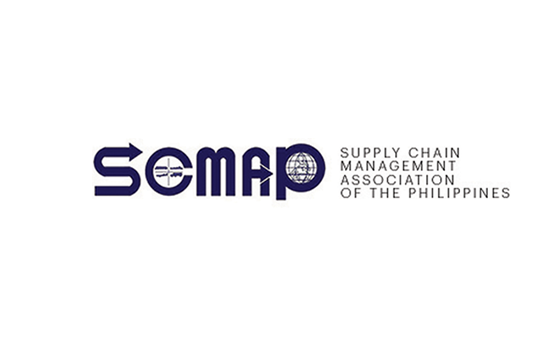In our last column we were talking about the reminders around us of the importance of supply chain in our lives. This past week, we got yet another one.
Nothing underlines the importance of supply chain more than the response to a disaster. Here, time is of the absolute essence: you cannot be late, particularly when it comes to life-saving supplies like food and medicine. It’s also important to make sure the supplies you provide are of the best quality. You don’t give bad food to those affected; it impacts both their health and their dignity. In the long term, supply chain also ensures that communities and populations most affected by a disaster can reemerge and maintain, if not improve, the standards of living they had before calamity struck.
This means responding to disasters with the mindset of a supply chain manager. In the immediate aftermath, it means delivering aid on time to those who need it most. But it goes before the incident: identifying items that are critical to the relief effort, mapping the best transport modes and routes, positioning resources in the right places… and – unlike in businesses where sales are important – hoping that you don’t have to pull the trigger.
But then, disasters do happen, and the best you can do is to make sure you’re prepared when it does strike. But we’ve seen over and over again that emergency response can be lacking. Typhoon Yolanda seven years ago is an example. Sure, its strength was unprecedented, but it’s not an excuse for government officials being caught flat-footed, meaning early response came in late, with resources either washed away by the storm surges or stuck in congested ports across the country.
Now, once again, the spotlight is on supply chain and disaster response. As the Taal volcano began acting up, communities were taken by surprise, and local governments scrambled to evacuate and provide relief to affected residents. Again, we take into consideration how the volcano went from alert level 2 to alert level 4 in just roughly eight hours, but then you’d expect towns and cities near the volcano to at least be ready for these things, even if volcanic activity is not as easy to predict as, say, typhoons. Take how affected residents scrambled to buy N95 masks, deemed to be best in the aftermath of volcanic ash fall, but somehow were not part of the contingency measures of local governments, leading opportunistic vendors to sell them at jacked up prices.
Thankfully, perhaps, the situation has yet to reach a catastrophic level—but, if this is anything like the eruption of Mt. Pinatubo in 1991, the worst may be yet to come. But at least local governments—and the national government as well—have breathing room to step back, look at what else needs to be done, and better deploy the resources they have and are yet to get. It’s also a good time for everyone to look again at their disaster response plans and see if they have identified the best routes for any scenario, if they have the right goods in the right places, and if they have the processes in place to make sure that, whatever happens, aid gets to those who need it at the right time.
As an observer it can feel frustrating how government still has to take a page from supply chain managers in ensuring communities—regardless of how affluent they are—can both hold on to life in the immediate aftermath of a disaster, and recover as quickly as possible in the long term. If businesses are able to keep their trade going under most circumstances, why can’t government sustain essential services? But then, awareness of the lessons we all can learn from supply chain is slowly filtering through; the same goes with the culture of collaboration needed to make things work. Perhaps the public sector should enlist supply chain practitioners more often for advice. And we should be open to give advice as well.
Supply Chain Outlook: Our kick-off event to 2020 is scheduled for February 7 at the EDSA Shangri-la Manila. We will look at how supply chain can best take advantage of the rise of the digital economy with DTI assistant secretary Mary Jean Pacheco and fintech veteran Jojo Morales, who was recently named president of Digital Analytics Ventures Inc., part of the JG Summit conglomerate. Register now: visit scmap.org to learn more.
Elsewhere in SCMAP: We welcome P&G’s Mark Anthony Laguna to the Board of Directors. He joins us as director as National Bookstore’s Arnel Gamboa steps down to pursue new career opportunities. We wish both the best of luck.
Henrik Batallones is the marketing and communications executive of SCMAP. A former board director, he is also editor-in-chief of the organization’s official publication, Supply Chain Philippines. More information about SCMAP is available at scmap.org.





